






When my parents informed me that we would be moving to Italy for a year, I was ecstatic. There seemed nothing more incredible than moving to a foreign country, experiencing the culture and the beauty of somewhere new. And it was Italy: a land renowned for its delectable cuisine, sprawling ancient ruins and innumerable of renaissance masterpieces.
But that joy didn’t last long. At first, I didn’t realise what moving to the other side of the world would entail. For when you truly think about it, uprooting from where you have grown up, leaving the comfort and safety of routine, is simply terrifying. And for a time, I could think of nothing worse.
So now, as I look back after almost a year, I realise that maybe, just maybe, I overreacted. Not only has a year in Italy opened my mind to the wealth of possibilities the world holds, and sparked a curiosity in the unknown, living abroad has taught me many things. So I thought I’d share a few things I’ve learnt from a year living ‘la dolce vita’. Firstly, the importance of community is one that I think cannot be understated in the modern world, a world increasingly becoming disconnected, a world
by Andie McGregorwhere technology can transport us anywhere in just the click of a button. While imperfect, the planet earth holds a trueness and originality that the online universe cannot give us.
And Italy seems to just overflow with community; people come together for every kind of celebration. Just take the innumerable festivals held across the country. During Carnivale, I had the privilege of visiting the festival in Ivrea, which includes a tradition which involves throwing oranges at opposing teams - and although I was beyond shocked, that is an experience I am not very likely to forget.
I’ve also learnt the significance of history in modern life. Italy’s expansive history is apparent in every corner of the peninsula. Be it the humble museums in Turin, or the world-famous galleries in Florence, the country’s rich heritage shines through its art, architecture and tradition. All these aspects have exhibited the importance of valuing experiences over ‘things’, especially in an era ruled by consumerism and fads.
Another thing I have learnt this year is the importance of language. As an Australian, I have no experience with languages. However, it has proven not just
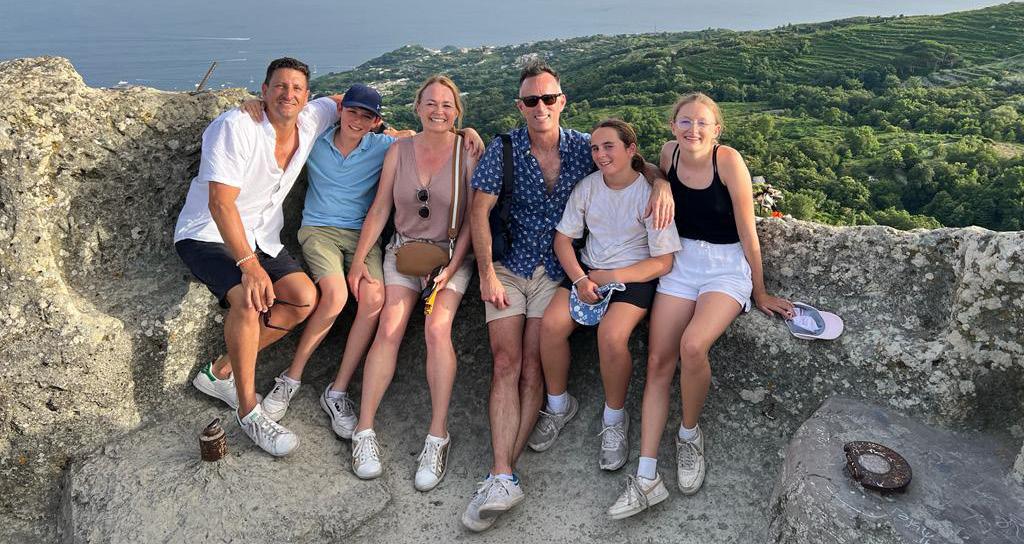
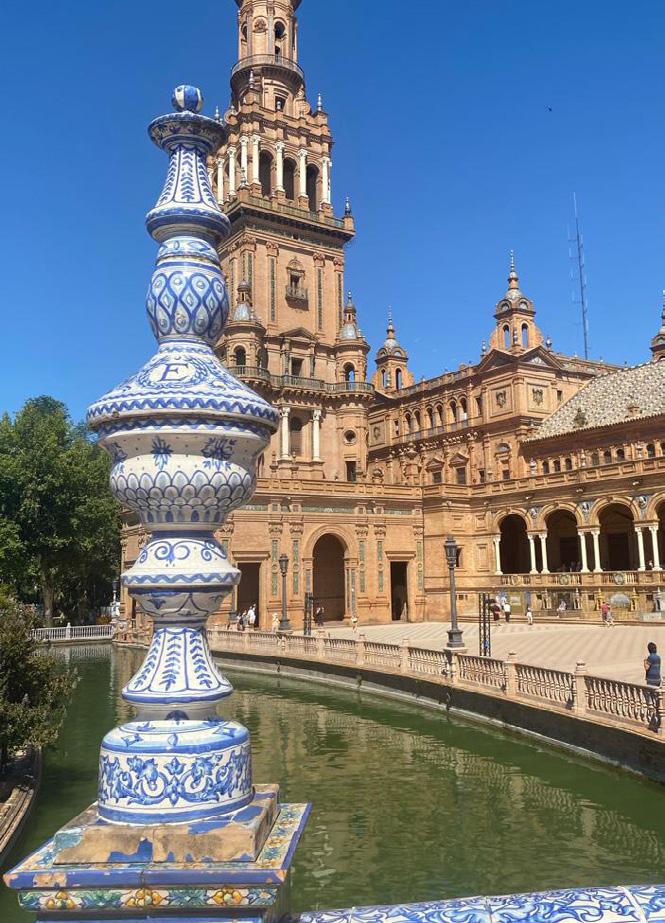

a challenging endeavour to be thrown into a country that speaks a completely different language, but a very rewarding one. Learning a second language, or a third or a fourth, has been researched and advertised beyond doubt as to its benefits, not just academically but socially. The language of a community provides a gateway to its cultural heritage and history, a pathway into the depths of a society.
And although travelling to all number of different nations has been eye-opening, my favourite aspect of a year abroad was not the incredible cities I have seen. It wasn’t Bologna, or Budapest, or Berlin, although all vastly different from my humble Australian hometown. My favourite city was Turin. While many of the local students in this school may either share

this opinion or utterly reject it, my stance is impervious. As thrilling as travel and culture is, an aspect that many times feels even more rewarding is the feeling of discovering a new home.
So, despite my initial terror, leaving all that I have known behind has been a memorable experience - in the very best sense of the phrase. Moving abroad compels a leap of faith, a dive off a safe and secure board into unknown waters, something true for anything outside our comfort zones. But within the waters lies a wealth of self-confidence, new experiences, knowledge, and compassion.
Buon viaggio!
Fabrizio Arobbio has been working at WINS for almost a year now and most people don’t know much about his various accomplishments in life. Many of us spend our lives searching for our purpose. With Mr. Arobbio, it’s been planes from the start. From a young age, many found him staring up at passing planes and his fascination blossomed after his first touristic flight at 12. From there he studied aeronautics in high school and at just 17 he earned his civil aviation license. A year later, our young pilot applied to the Pozzuoli Aeronautical Academy to become a military pilot. Sadly, his career came to a halt due minor health issues, but the heart for his passion lives on within him every day.
The road from there led to work at the Caselle International Airport which was followed by employment at a multinational company that specializes in express shipments. Hence began his career as a computer scientist and IT systems engineer. While this was his path for 6 devoted years, in 2005 he changed direction again, starting up his own restaurant: La Casarola in San Mauro Torinese. This second passion has engulfed his world for 18 years as not only owner but also chef. After 8 years of juggling these twin careers, his IT career ventured away from the shipment company.


Mr. Arobbio’s IT workload picked back up in 2022 when he stumbled into a WINS ad for an IT technician. The new job offer didn’t stop him from his culinary passion as he continued growing his restaurant with his partner. Earlier this year, he took on yet another job title as DP teacher of Computer Science. Multitasking is the norm for Mr. Arobbio. All his life he has surrounded himself with waves of passion. Even now he leaves school at 16:00 to begin a new day as chef at La Casarola, working from 18:00 till 24:00 and sometimes well into the next day.
One can never say Mr. Arobbio’s life is lacking in passion, whether for planes, gastronomy, or education, he always gives his all. After many years at La Casarola, he decided it was time to part ways with that world that nevertheless provided much satisfaction. A future plan is to combine teaching in parallel with the world of aviation and become also a civil aviation instructor. With Mr. Arobbio, it’s never too late for changes.
All of our teachers give us instruction in their subject areas. But many are also examples in how to approach our lives. Mr. Arobbio teaches that passion should be our compass and that you never really know where it will lead: maybe even thousands of kilometers in the air.
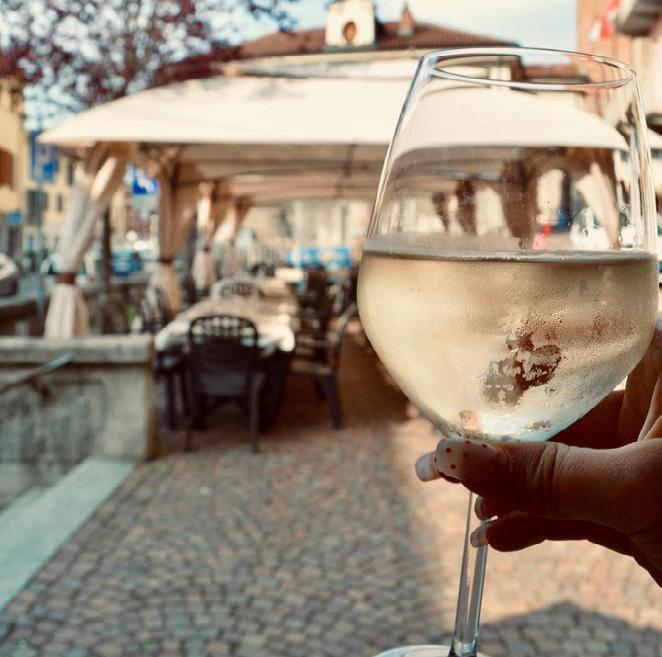
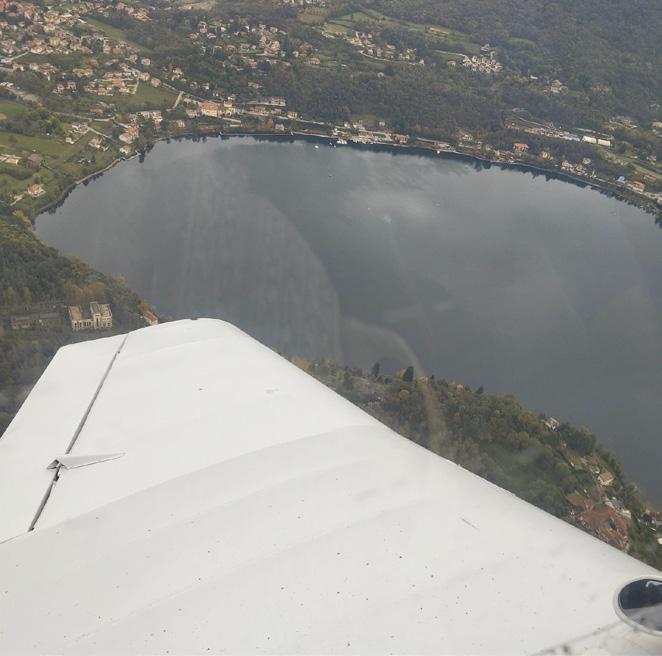

Early morning September 27, DP students from ESS and Biology eagerly embarked on a journey to Genoa for a firsthand experience in whale watching. The day commenced with an assembly of students at Torino Porta Nuova train station at 7:30. The early rendezvous posed a challenge for many who had to journey from distant places, sacrificing their sleep for the excursion. Breakfast options were limited, and some hastily grabbed pizza or sandwiches at the station. By 10:00, we arrived at our destination. Surprisingly, the city greeted us with a blazing sun. Expecting a cooler climate, many of us even prepared jackets.
Once in Genoa, we relished two hours of exploration in the vibrant Genoa port. Some sampled the renowned focaccia while others savored the sights, such as the iconic Piazza di Ferrari and its captivating fountain. Those who indulged in the local cuisine found the focaccia to be delicious. Around 1 o’clock, anticipation heightened as we readied ourselves to board the vessel. Many of us were worried about seasickness and nausea.
The initial stretch of the boat ride was uneventful as most gathered on the top deck, only to be driven down to the lower deck by the intense sun. An hour and a half into the journey, excitement surged as we reached the marine life sighting spot. The tour guide’s announcement prompted all to gaze to the right. Gradually, distant figures of dolphins leaping out of the water emerged, causing a flurry of camera snaps as everyone rushed to capture the moment. While the dolphins made a swift appearance, the main spectacle awaited.
Thirty minutes later, the tour guide’s voice crackled through the speaker once more, heralding the sighting of a whale—the primary attraction of our voyage. A dark gray, majestic figure surfaced to the left of the boat, captivating our collective attention. Even from
by Muen Yina considerable distance of 100 meters, the sheer size of the whale left us awestruck.
These magnificent creatures graced the surface briefly, taking only a few minutes to breathe before descending into the depths, leaving us spellbound and wanting more. Then, the climax unfurled before our amazed eyes: a fin whale, the second-largest species globally, surpassed only by the blue whale. The colossal size of this magnificent being and the impressive water spout from its blowhole left us utterly astounded. Well, most of us anyway. It will take more than a whale to wake up Roberto!
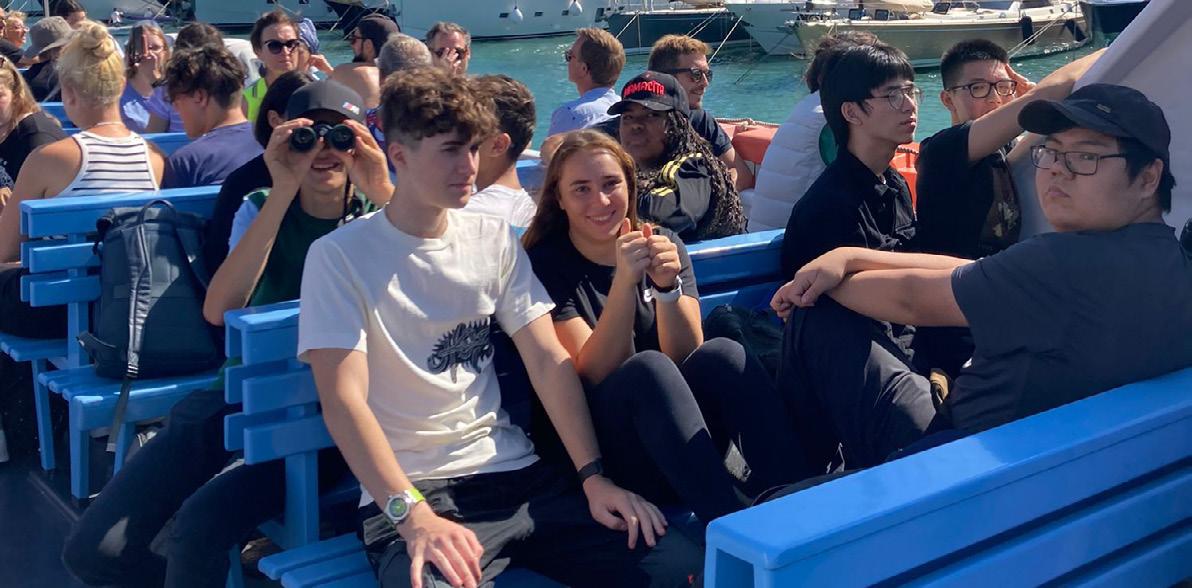


Since I was little, I loved dressing up, regardless of what I looked like. I asked my parents to make costumes for me for Halloween. I remember getting into cosplay when I was 12. Having friends to do cosplay with boosted my confidence, but regardless of how confident I was, if I didn’t replicate the character I was cosplaying to the smallest detail, I would be unsatisfied. So, what does this have to do with costume making? Well, this is where my inspiration started.
As a solution to my budding perfectionism, I started creating my own characters, doing what could be called a “closet cosplay”—only using what you have in house to create a costume. I definitely didn’t beat myself up over not being accurate to the max, but I was still unsatisfied. Going further into cosplaying, I bought parts of costumes with my own money, but everything changed in Grade 10. For my Personal Project, I was inclined to do something related to video games, since they’re my primary hobby. However I saw the opportunity to create something myself and gain a grade out of it, and as such, I made my first costume. My mother helped me given the time crunch, however I learned the skills necessary to do it on my own, and have started two other costumes since.
My first costume was a personal character named Scyla. Due to the character design, Scyla required various parts which I hand made. I began by watching many tutorials online, observing experienced makers create their costumes. By learning about various techniques, I attempted to replicate the movements and take into account the advice of the more experienced. In the end, my costume came out better than I expected, and I was satisfied with the result. Of course, improvements can always be made, however for the time being the costume will remain as it is.
Since finishing Scyla, I have begun two new projects. The first was a gift for a friend while the other is a personal costume to be worn together with cosplayer friends Void and Ale, two cosplayers I met in December of 2022. Since then we’ve become close friends and they brought me into the world of tactical cosplays. It’s hard to explain what cosplay they do precisely, but Void and Ale cosplay personal characters which are part of the SCP universe, full of creatures that defy science and logic. Their characters are operators and part of a “Mobile Task Force” or “MTF” for short. The MTF team they belong to is called “Epsilon 11”, or “E-11”, also known as “Nine-Tailed Fox”.
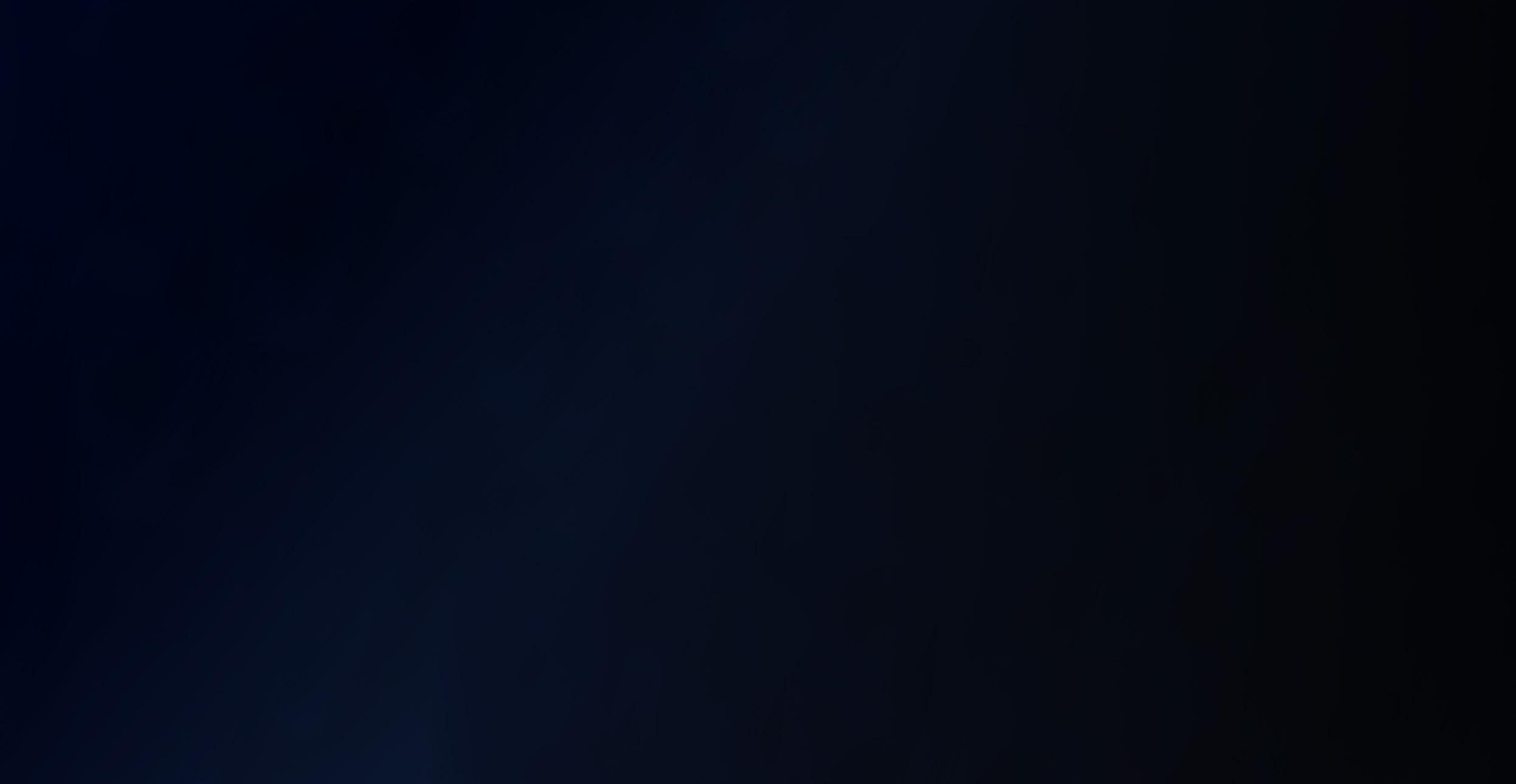


Why is this important? Well the costume which I am currently working on is an entity from the SCP universe. This costume came from a conversation I had a long time ago with Ale, who suggested we do this cosplay trio ever since meeting, as I had the skills necessary to make the costume. I began planning the costume, but the only thing stopping me was the creature’s head. It is composed of a dog skull with exposed bone up to the ears. Earlier this year, Void had decided to buy a 3D printer, and he was kind enough to print the skull for me. It took a solid three days of printing and assembly, however the skull is now ready to be worked on, and even has a moving jaw! Now, with the head done, I had also worked on the tail
resembling that of a dinosaur with fake bones sticking out the top as an extra detail. The last part to be created before ordering the necessary materials for the costume are the creature’s feet. As it is made on a base of foam, this part of the costume, just as the tail, is completely my own work, without aid of a tutorial, and simply following the process I used to make my first costume. Due these factors, the feet are taking an extended amount of time but by December they will be finished and the process of completing the costume will begin.
It’s important to talk about the aspects of costume making that are often unseen by the people who view the finished result. Much of the time spent making a costume consists of hours of research, not only to figure out techniques or methods, but also which technique or method to use. There are many paths one can take when working on costume creation and often the best way is to find the most comfortable route. Beyond that there’s the testing of materials and new methods, plus the countless hours spent making a single section. Once the full costume has been assembled, the hours spent in its production go beyond that which one can remember. In the end, one thing I can remember from making my costumes is the pain of accidentally stabbing myself with a sewing needle or burning my fingers with hot glue!

As we prepare to say goodbye to autumn, let’s remember one of its highlights: the Halloween parade and fair! At WINS, homeroom teachers led students around the block in their original costumes which brought a lot of color to the outdoor fields (ok, most of it black!). We’d like to thank the event organizers for their efforts and all the students who gave form to their Halloween alter-egos.

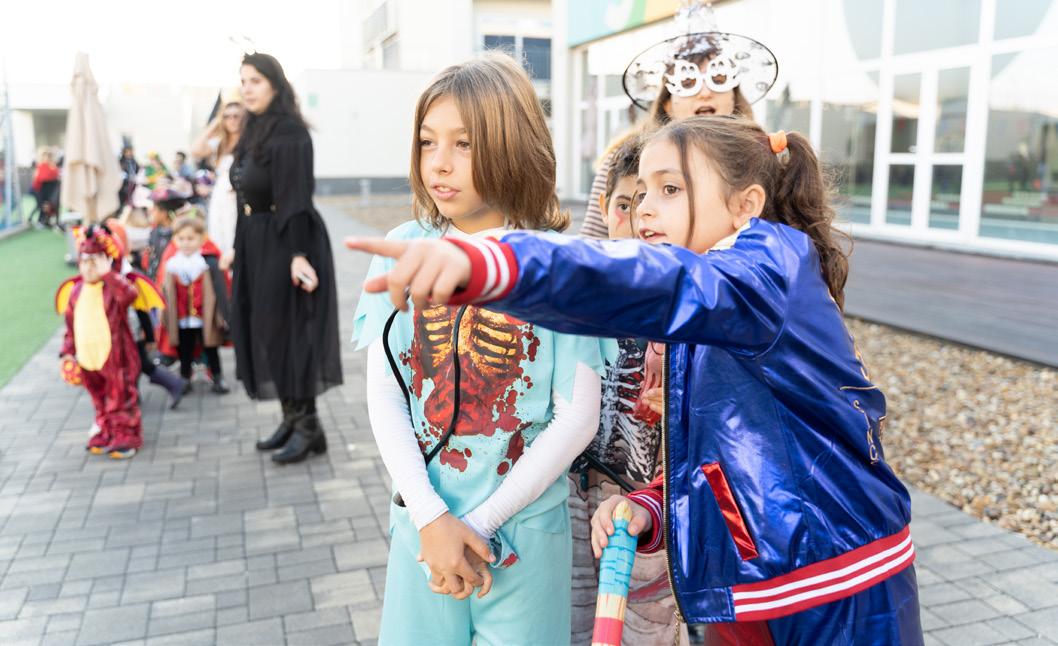

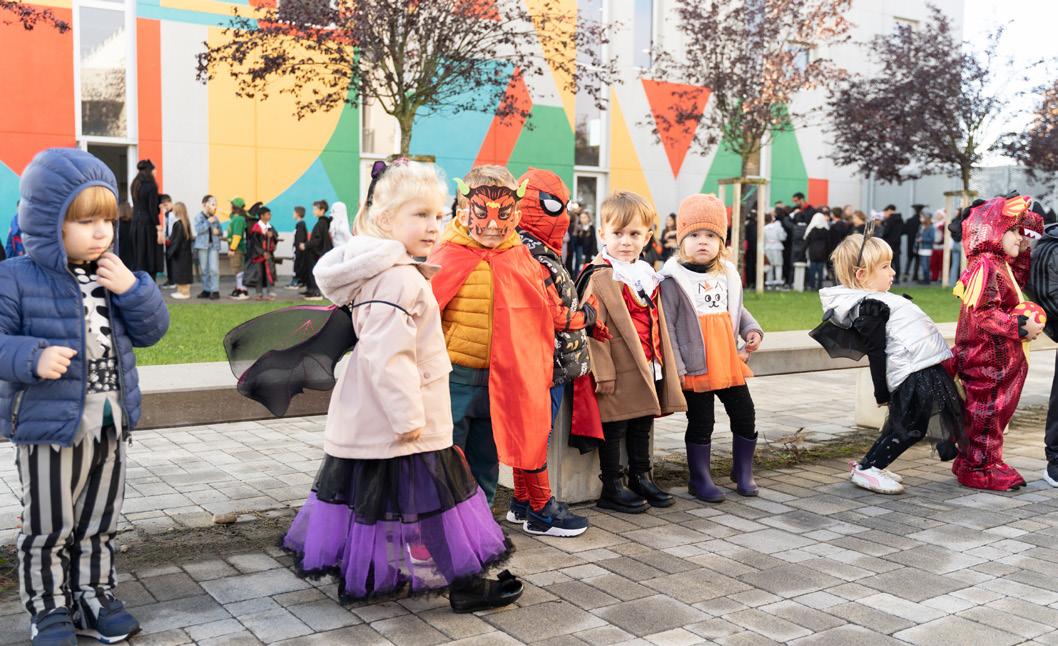


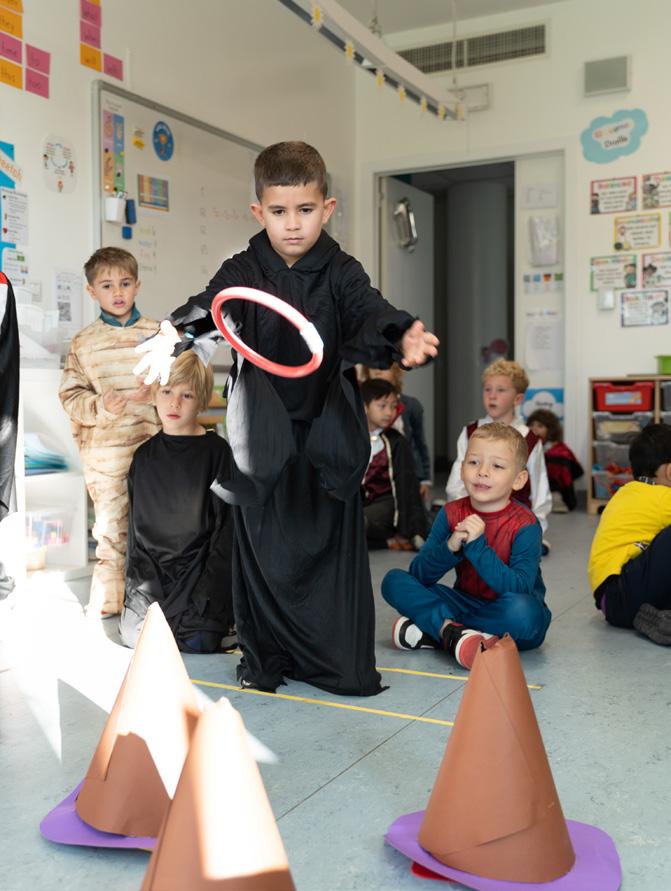
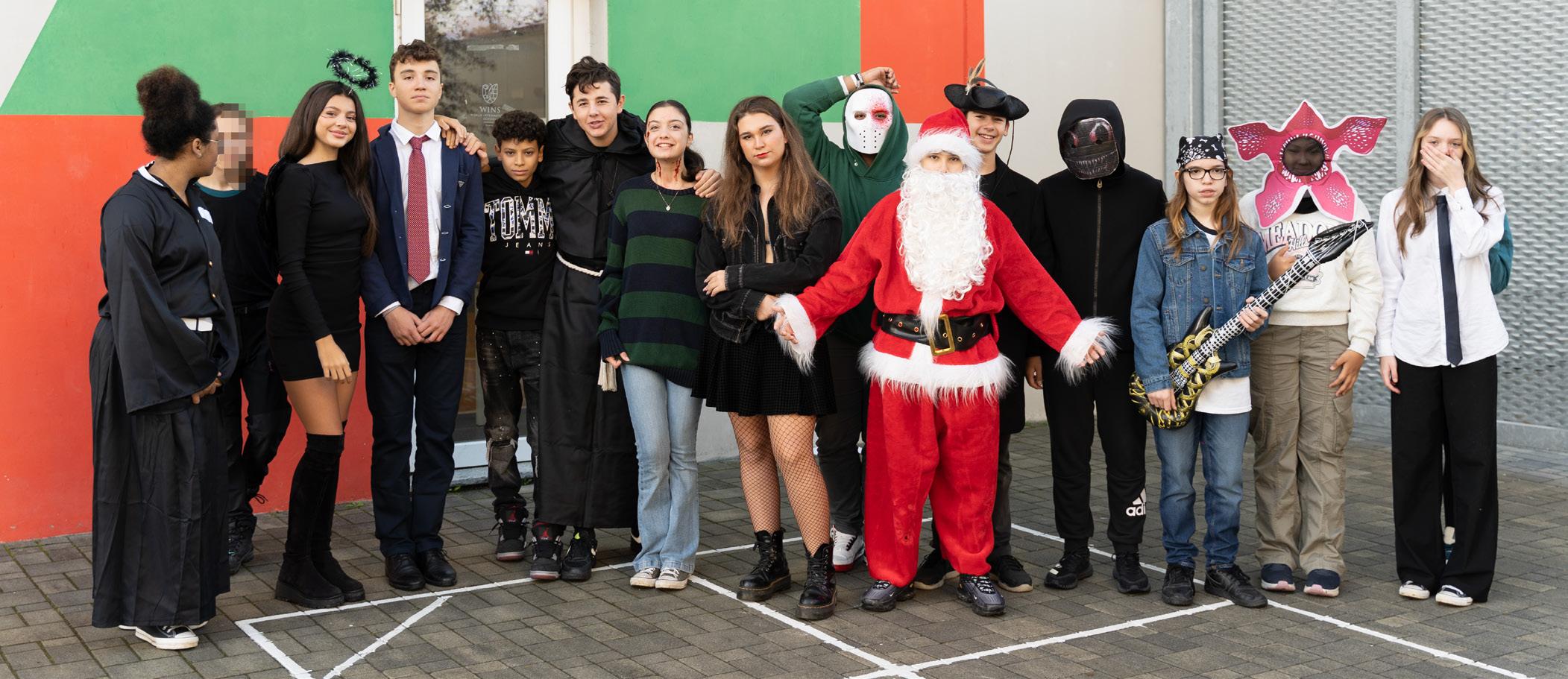
If you’re in the loop with the scientific community, you’ve probably heard of the Nobel Prizes, and if you’re anything like me, you’ve been waiting for someone to explain to you why the winners were given such prestigious awards. Although most of the Nobel Prizes are way too difficult to explain to even mature teenagers, I’ll try to simplify the explanations for the sake of readability.

Let’s start with the Medicine/Physiology winners, as those are the most popular and relatable to our day to day lives. If you are older than three, you should know about the 2020–2022 pandemic of COVID-19 (named after the year it was discovered). Now you’re probably thinking “I’m alive!” or “I’m not dead!” and you can thank the winners of this year’s Nobel Prizes for that: Drew Weissman and Katalin Karikó. Both contributed to the creation of the COVID-19 vaccine which you, most likely, have in your system right now. How did they discover this, you may ask? It’s quite simple: spend decades of your life researching and studying related branches of science until you find something that has a chance of being useful. Then, cry because no one will realize what you discovered is useful for a few decades. Lastly, get recognized for what you discovered and await the people who want to take selfies with you on the street. It’s a very simple procedure, really. As a future scientist myself, I plan to follow these simple, albeit tortuous, steps.
How do their vaccines work is the next question to ask. This answer isn’t so simple, but because you’re interested, I’ll try to simplify it. I will simulate the standard vaccine before and after the 2023 Nobel prize winners:
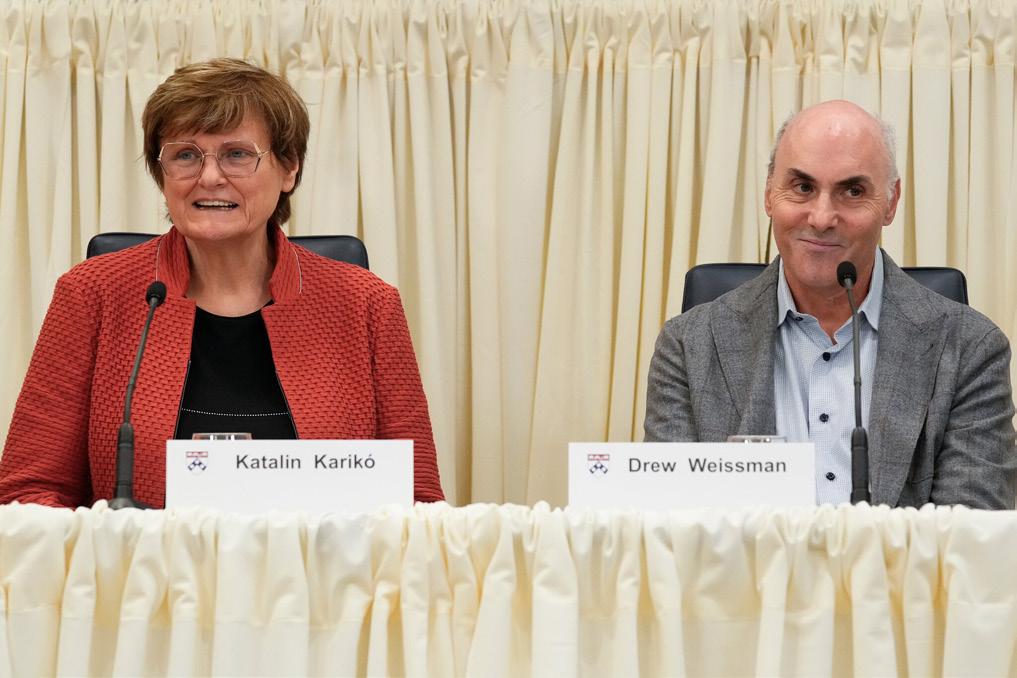
• Before: Dead/inactive viruses go in the body; immune cells in your bloodstream attack the dead virus; they now know how to fight the real viruses. This process usually provides the symptoms of the infection, meaning that the vaccine is doing its job. What Weissman and Karikó tested is if this process could work with only the genetic information of the virus, rather than the entire virus, which it did.
• After: mRNA (AKA instructions to make proteins) of the desired virus protein is injected into the body; cells create this protein and realize that it is not good; immune cells destroy the protein and now know how to fight the virus.
Now, let’s move on to the Chemistry winners (not too relatable perhaps, but still important to the scientific and medical community). Nanotechnology has been an expanding field in the past century, which is why this discovery brought quite an excitement in the 1970s. Like the mRNA vaccines, this discovery wasn’t recognized for a long time—around 40 years. In fact, all of the Nobel Prizes take decades to be awarded, mostly due to the method described earlier (see Medicine/ Physiology). This subject doesn’t require much simplification, yet it is difficult to understand why rather than how. Luckily for me, I don’t need to tell you why they work the way they do, just how.
Quantum Dots (the discovery that gave the Nobel Prize) are unique because of their reaction with light: depending on their size, they emit different wavelengths of light.

Fig.1: Different Quantum Dot sizes emitting different wavelengths of light.
This is useful because it can be put into lamps and electronic screens to give off many diverse colors. There are other (less commercial) uses for these dots as well, like being able to color specific tissues in preparation for surgery. This is why the chemistry prize went to the scientists mentioned below. First of all, they created particles small enough to be considered ‘Quantum’ (which I will explain in a second). Second, they proved that such particles existed. In all fairness, the laureates didn’t discover these kinds of particles; they only proved that they existed and created them. Yekimov created them and (using some complex physics that is too difficult for thirteen yearolds to understand) was able to determine that they are ‘Quantum’ meaning that they behave the way
Ernst Schrödinger predicted. Louis Brus, the other laureate, proved these quantum effects, and Moungi Bawendi was the perfectionist of the group; he perfected and commercialized their product, as he created almost perfectly controllable Quantum Dots.
Lastly, we have Physics (I know, I’m ignoring economics, literature and world peace, but this magazine is too short to cover them all). This prize was given to three physicists studying short pulses of light, making them able to study the behavior of electrons better. You can imagine it like a phone camera with an incredibly fast frame rate; you can’t take a photo of something too fast unless you have a fast enough camera.

Fig. 2: Pump-Probe technique used to determine the behavior of atoms. [in blue] the first wave is used to catalyze the atoms. [in red] the second light wave is used to image the atoms.
Fig. 2 shows how Pierre Agostini and Ferenc Krausz isolated a wave so short that it could even determine how electrons behave toward the ‘pump’ or first wave of light. When I say that their light wave is short, I mean it; the light wave required to do this experiment would span just a couple of attoseconds (the number of attoseconds in a second is the amount of seconds in the age of the universe). This is why they were awarded 2023’s Nobel Physics prize, for creating waves so small that they can further the study of electrons.
So that’s it, at least for the sciences. I hope in a few months’ time you will remember some of the content of this article. Do the names behind the scientific discoveries matter, or only their impact on our day to day lives?

In the bustling halls of WINS, where the pursuit of knowledge is paramount, there exists an invisible branch that lingers in the shadows — mental health. The need for mental health awareness is more pressing than ever, as we (the students) navigate the challenges of academic, social, and personal dynamics amongst us. I think it’s time to shine light on this growing problem.
Mental health awareness is not only about recognising disorder; it’s about understanding and normalising the spectrum of emotions that make us human, even if the emotions are negative. It involves acknowledging that stress, anxiety and low moods are part of the shared experience amongst us as people. By fostering a culture of openness and empathy, we can lay the foundation for a supportive community of students that can openly discuss mental health challenges and how our academic workload and pressurized school environment can relate to that.
Initiating conversation around mental health is a crucial step in dismantling the stigma that often surrounds it. School assemblies, workshops and awareness campaigns provide a platform for stu-
dents to share their experiences, reducing the sense of isolation that is often accompanied by mental health struggles. Because you are not alone. When we speak or discuss mental health, we contribute to a climate where seeking help is seen as strength rather than weakness.
School can play a pivotal role in shaping students’ attitude towards mental health. Integrating mental health education into curriculums helps students develop a deeper understanding of their emotions and those of their peers. Workshops on stress management, mindfulness, and emotional intelligence equip students with valuable tools to navigate the complexities of being a teenager.
Creating safe spaces within the
school would lend a helpful hand to those students who are struggling. Designated areas where students can express themselves through art, journaling, or simply find a quiet moments of reflection contribute to the supportive environment. These spaces not only encourage self expression but serve as a safe space where students can relax and detach from stress no matter its source.
Mental health awareness is an ongoing commitment to creating a culture of understanding, compassion and support. By breaking the silence surrounding mental health, our school community paves a way forward to where every student feels seen, heard and valued. Everyone goes through difficult times but that doesn’t mean we have to go through them alone.
“Convenience-eating” is taking over the decades of traditions and teachings from cultures of all over the world, teaching kids that when it comes to food, fast is better than slow. Teenagers today have little interest in learning the basics of culinary art, leaving them with no knowledge to pass down to the next generation. Over time, this will lead to a rapid decline of our food traditions and its most exquisite experiences (and dishes)!
When our generation will become grandparents, we won’t be able to say so easily: “Come here sweeties, grandma will teach you how to make my famous ragu from scratch.” While I have been on the receiving end of this wonderful teaching, many people are less fortunate and only know how to open a Saikebon noodle cup and fill it with boiling water. At this rate, within 3 or 4 generations we might have little culinary knowledge left. On average, traditional home-cooked meals take around 1-2 hours to prepare. That represents 1-2 hours that parents no longer have work commitments grow. The end result is that home-cooked meals are suffering.
The importance of sharing a meal within a family is often ignored. Many families have irregular schedules and therefore cook (or rather, “heat” thing ups) independently at different hours of the day, with the kids sometimes eating in their own rooms, isolated with technology. The power of a shared meal is often undervalued because its impact cannot be precisely
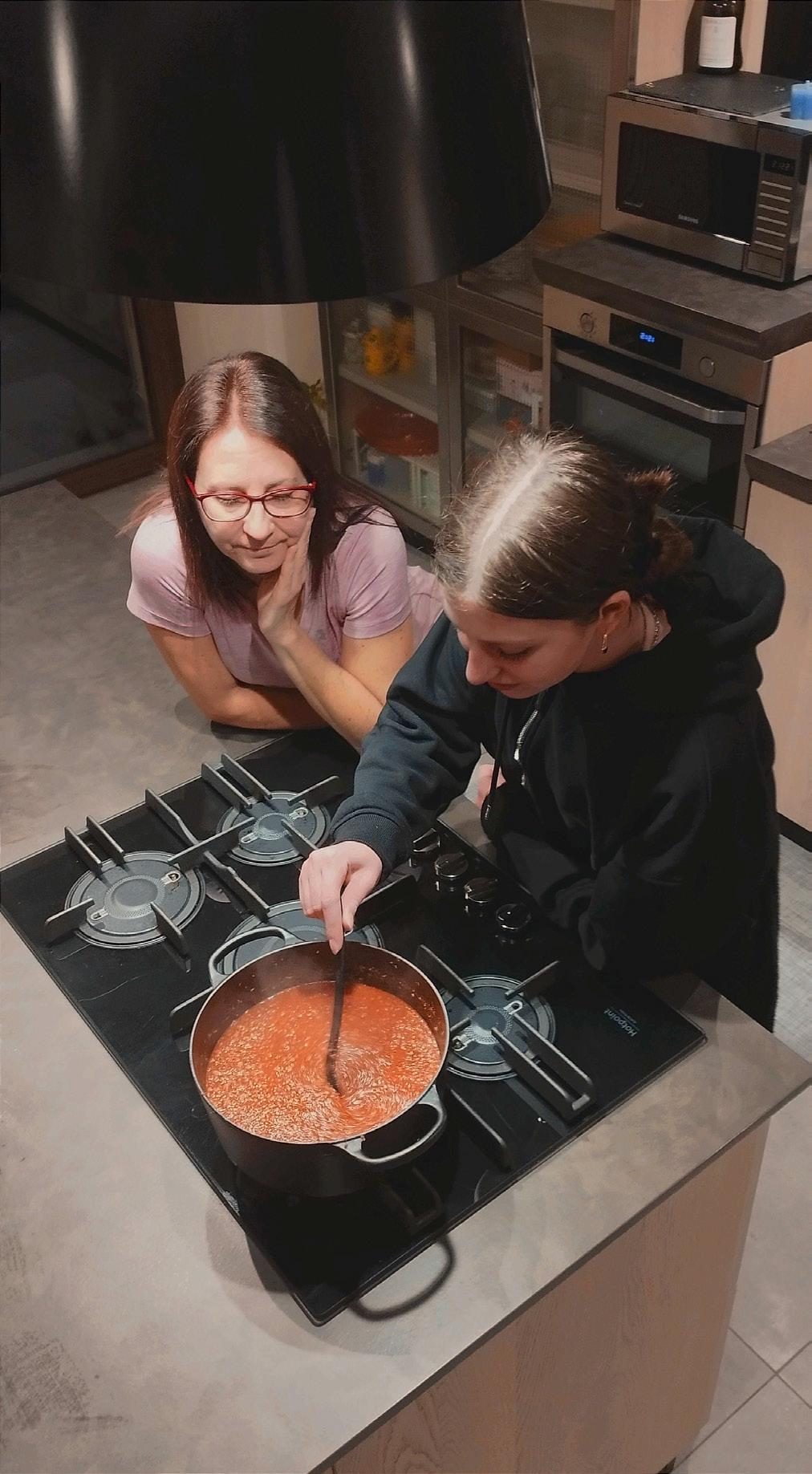
measured. Beyond the value of eating a healthy meal from fresh products, sitting around the dinner table is about communion: the one time of day when family members can be together and talk. Parents and kids have their own burdens and joys during the day and dinner is the time for them to unite and share them. It is a great routine for disconnecting from technology and remembering how to socialize.
Italians are renown for our food culture. We gave the world pizza and gnocchi and lasagna. Our mothers and grandmothers are not intimated having to cook for an extended family of 15 or more. Still, today around 32.5% of Italians eat out 2-3 times a week and 25.7% eat take-out food 4-5 times a week. It’s easier and faster, and still social of course. But what is lost in this transaction of progress? When my generation is busy raising a family, will we have the patience to cook at home? Will it be too late to learn this art as adults? Time will tell, but I am so happy that at lest I know how to make my grandmother’s ragu!
Have you ever wondered how a young volleyballer Paola Egonu navigated school and sport at the same time? At WINS, we have plenty of student athletes that manage this delicate balance: practicing a sport as a pro and being an ideal student. Niki Alys Eminefendich is one of them.
You may know Niki from Grade 8 for her tennis accolades. She held her first racket when she was four years old and started playing professionally at eleven. She initially was following her brother’s footsteps, however, she quickly developed her own passion for the sport. Niki states that training everyday has shaped who she is and has affected her daily life. Some aspects involved are practical, such as maintaining a controlled diet and having rigid hours dedicated to a night’s rest. This regiment is also reflected in her social life considering the lack of free time due to her busy schedule.
Given the topic, it is opportune to reflect on the term ‘sacrifice’: the act of giving up something valued for the sake of something else more worthy. For Niki, the passion for sport is such that renouncing other things

typical for teens are not considered a burden. This is because throughout these formative years, tennis has trained her for life. For example, she has learned that no matter how many times you do not reach your goal, if you continue to work consistently, the results will eventually show.

For all student-athletes, there is pressure and expectations. Niki confirms that expectations come from not only the outside (parents, coaches, etc.) but also from herself. However, she also says that “pressure
is a privilege; if you’re determined to achieve high levels, pressure is something you have to deal with.”
She copes with the stress by managing her expectations. This doesn’t mean putting in less effort but rather setting reasonable expectations, thus reducing the chance for disappointment.
As tennis is an individual sport, the focus is on the opponent. However, Niki states that she is playing “against the ball rather than her adversary”. Tennis is a competition against herself because, “when you’re on court, it’s as if you are having a conversation with yourself”. By this she means that you have to focus on the opponent, but mostly, it is yourself you need to “beat”. It is not the rival telling you you’re not the best. Sometimes it is yourself. As she proclaims, “you need to understand and accept yourself. Only then you’ll be ready to face the opponent”.
Niki has made a lot of sacrifices to pursue her dual lifestyle of student-athlete. However, these renunciations are worth it as playing her sport brings her immense joy. As she says, “everyone needs to find their motivation to wake up in the morning. I found mine in tennis”.

The European Union had been considered a safeguard to democracy in Europe for years. However, after Brexit various member states started to question the relevance of the alliance. For decades, EU-sceptics have warned of a ‘democratic deficit,’ arguing that EU institutions lack democratic legitimacy and citizens do not feel connected to the EU and its values. The latest battleground was in Poland, where a parliamentary election in October would decide where the country stood.
The EU dominates policymaking in Europe and is led by the European Council, European Parliament and European Commission. Conflict arose in Poland in recent years under the leadership of its Law and Justice party—PiS—when the Polish Constitutional Tribunal ruled that the European Convention on Human Rights was partially incompatible with the country’s constitution. This decision was issued, according to political experts, in response to the European Commission suspension of Poland’s €36 billion EU grant, due concerns about the rule of law in the country. PiS is a supporter of Euro-sceptic rhetoric that depicts Brussels as the enemy of Poland and a threat to Polish identity and independence. The situation had been presented by the Polish government as a struggle between the primacy of European law with the national law and “supreme force of the Constitution”. But were, in fact, EU decisions threatening Polish sovereignty or preventing the conservative government from descending into democratic-dictatorship?
Polish confrontation with the EU reached its peak in July due approval of a bill that proclaimed the establishment of a special commission to investigate Russian influence in Poland. The bill caused controversy in the face of upcoming elections as it would empower the
ban of individuals from public office for up to ten years. Opposition parties argued that the commission would be used for political purposes to win a third term for PiS. A poll by United Surveys for the Wirtualna Polska found that 61% of the public considered the commission to be a “pre-election ploy intended to discredit political opponents”. Only 20% thought it was “a body that will reliably explain irregularities regarding cooperation with Russia”. Leading up to the October elections, a mass of protests demonstrated for the ouster of PiS, a party which over many years adopted an increasingly illiberal, nationalistic, Euro-skeptic and populist course.
The October elections have come and gone with the defeat of PiS by a narrow margin. The voter turnout was 74.38%—an unprecedented number in Poland— and the majority of the population voted in favour of the democratic opposition composed of three parties: a liberal Civic Coalition led by Donald Tusk, the mildly conservative Third Way, and The Left. The outgoing governing party policies led to the disagreement with the EU regarding the rule of law which had significantly affected the country’s post-covid recovery. Donald Tusk, the former President of the European Council, aims to unblock the Covid recovery funds and restore relations with the EU by introducing judicial reforms suggested by the EU Commission. Back on track?
Poland’s elections signify the country’s return as a constructive player in European politics, upholding the idea that democracy can be preserved—as long as citizens remains politically active. This casts hope not only for the future of Poland, but other countries where tension over EU-backed liberal democracy and populist nationalism are reaching a head (Hungary, Turkey for example). Is Poland a harbinger of things to come?

Turin, for the most of us, is seen through the pleasantries of daylight, with the great blue sky making every detail of the city’s mosaics, statues and buildings come to life. However, Turin’s night-time experience fosters a kind of bipolar appreciation of this town. From my experience as a photographer, I have found form for the hectic peace within it all. I am able to go to popular streets, filled with commotion, restaurants, music and shops, and be

 by Paul Mattioli
by Paul Mattioli
one turn away from a desolate road, only populated with street performers or the random passerby, walking past bricks laid centuries past, with the sound of music bouncing off of their mortar. If I had to state a reason for this unusual peace it would be the ability to see the bustling city from another perspective, walking around Turin’s most historical places without the imposition of others, and still being able to hear the water rushing from the Po…it makes Turin just a little more special.



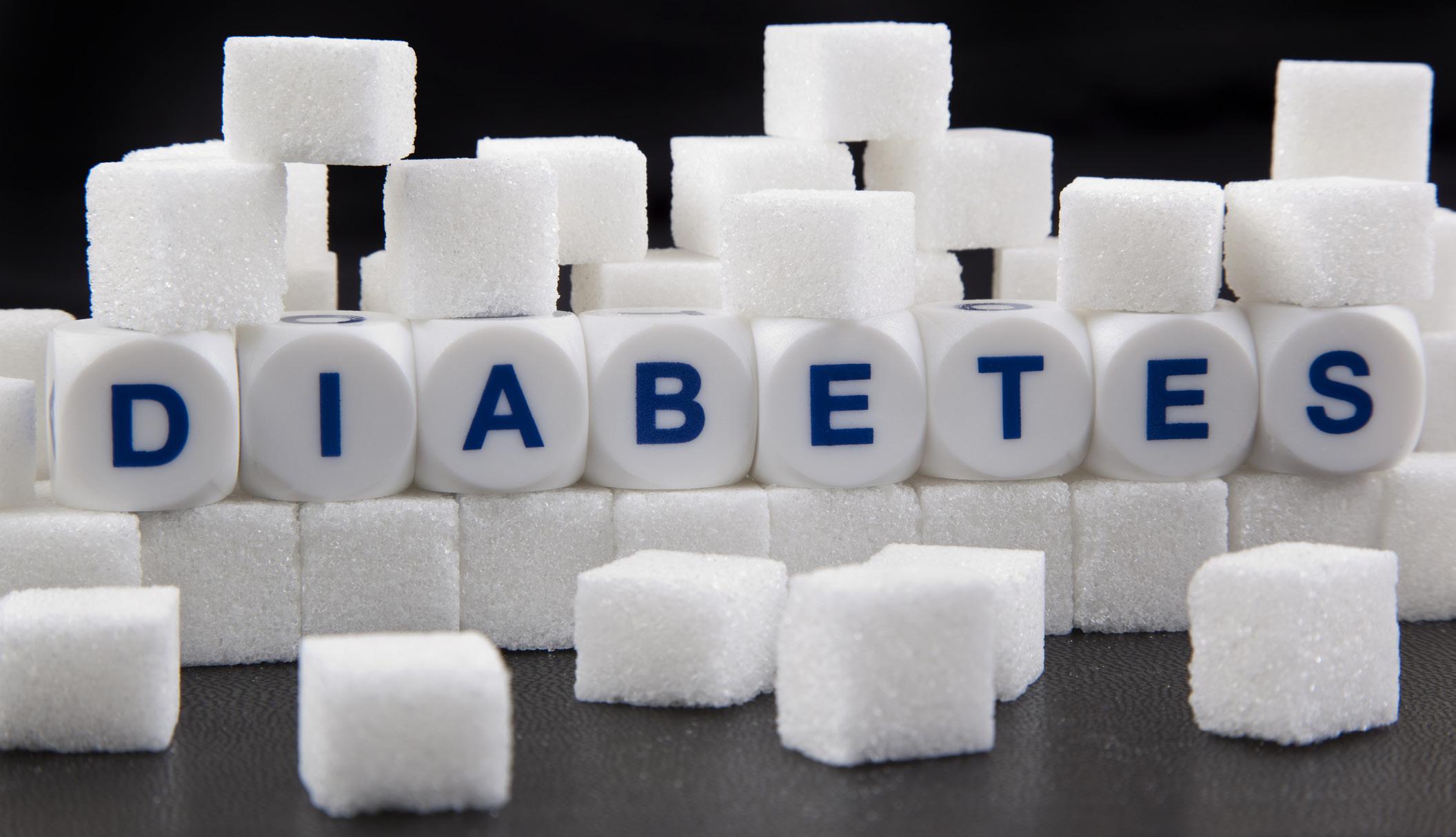
At WINS we recently observed World Diabetes Day, with informative speeches and posters raising awareness for the widespread condition. More than 537 million people are living with diabetes—1 out of 10 people on average—and the numbers are predicted to rise to 783 million by 2045. Although half of the people suffering from the disease are undiagnosed, that unawareness yearly leads to hundreds of thousands of fatal consequences. As of today, diabetes is considered a leading cause of blindness worldwide and a precursor to heart disease or stroke. More than 500,000 deaths were caused by diabetes in 2021. Got your attention yet?
Diabetes is a chronic disease that affects the process of turning food into energy. Through digestion, the body breaks down food into sugar (glucose) and releases it into the bloodstream. When the blood sugar goes up, it usually signals the pancreas to release insulin. For those suffering from diabetes, the body doesn’t produce enough insulin or uses it in the wrong way. When there isn’t enough insulin, too much blood sugar stays in the bloodstream causing serious health risks, such as heart disease, vision loss, and kidney disease.
Many early symptoms of diabetes are too mild to notice, hence it is important to contact your doctor if you notice any of the following:
• Regular feeling of thirst and hunger even after consuming food
• Blurry vision and numb or tingling hands or feet
• Feeling of unexplainable lethargy during the day, as well as being irritable
• Dry skin and more tendency to get infections on gum and skin
by Anastasia Minkovska• Healing process of sores is very slow
It is also important to be able to identify different types of diabetes so as to assist others in case of emergency.
• Type 1 diabetes is thought to be caused by an autoimmune reaction (the body attacks itself by mistake), preventing the body from producing insulin. Approximately 5-10% of the people who have diabetes have type 1 which can start at any age.
• Type 2 diabetes also can be diagnosed for any age group, but more commonly for people older than middle age. Type 2 diabetes affects the way the body uses glucose for energy, stopping the body from using insulin properly in turn leading to high levels of blood sugar.
Unlike Type 1, Type 2 diabetes is often preventable. Factors that contribute to developing Type 2 diabetes include being overweight, not getting enough exercise, and genetics. Gestational Diabetes develops in pregnant women but usually goes away after the baby is born. However, it increases the risk for Type 2 diabetes and the baby is more likely to have obesity and develop Type 2 diabetes as well.
The slogan for this year’s World Diabetes Day campaign is “Know your risk, Know your response”. The focus is on the importance of knowing your risk of developing Type 2 diabetes and accessing the right information to manage diabetes-related complications. For more information, I encourage you to speak with your health professional about preventative care and seek all the available sources online for risk management, including the World Health Organization.

At WINS, we spend a lot of time reading books for fun and academics, but rarely do we discuss how they are actually made. This October, thanks to librarian Daniela Prando and Visual Arts teacher Valentina Casella, we invited in children’s book author Letizia Iannaccone to speak with the students about her creative process. Ms. Iannaccone is the author of Guarda Bene, renown as a “silent book”: a wordless story. Ms. Casella has studied this topic extensively in her classes and students got a hands-on workshop to make such works for themselves. We’ll let the pictures below do the talking…

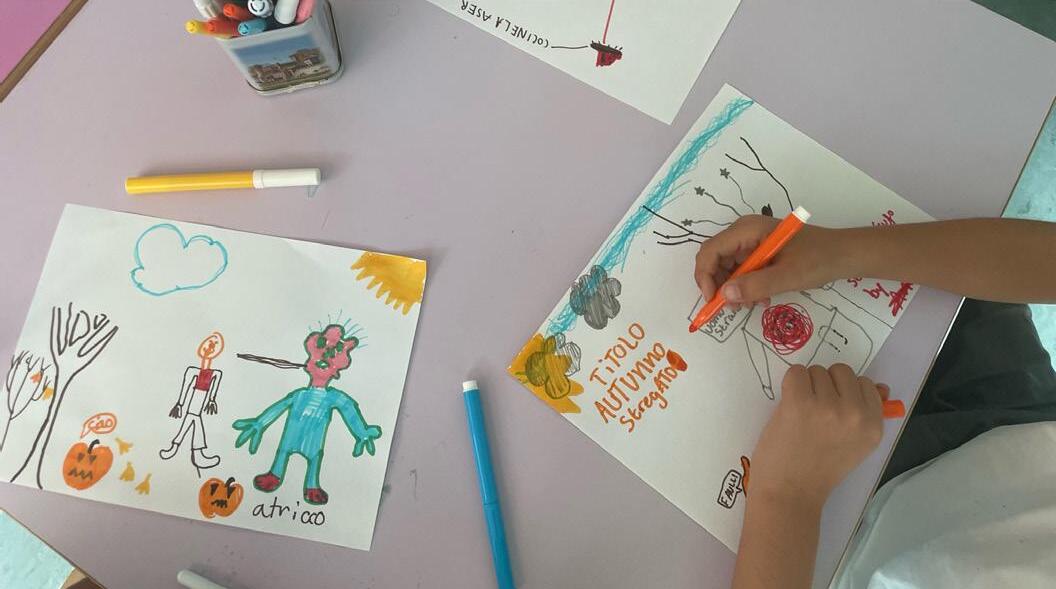
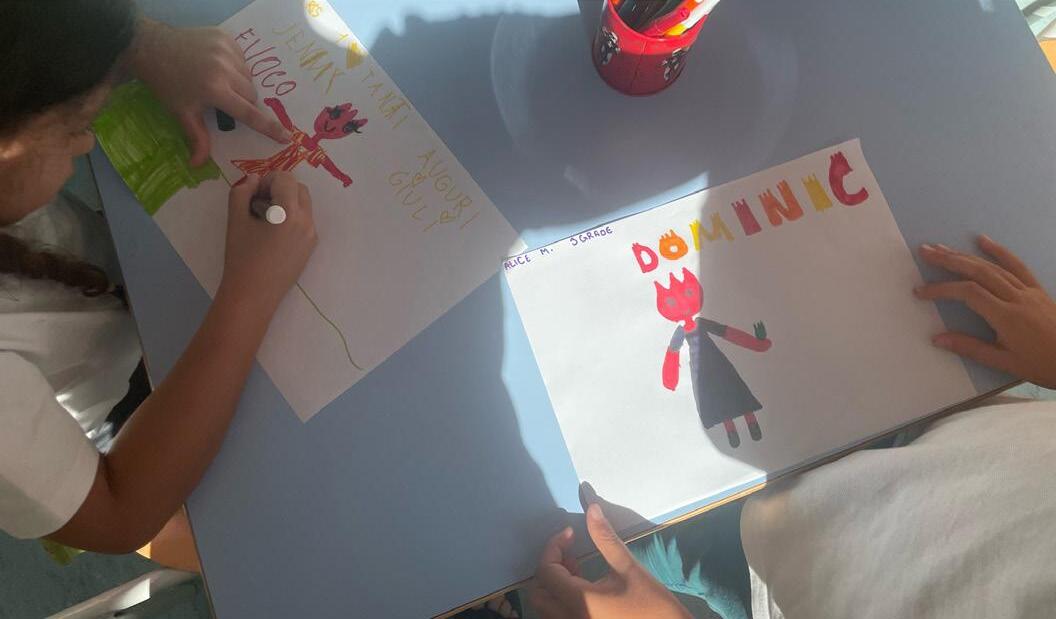



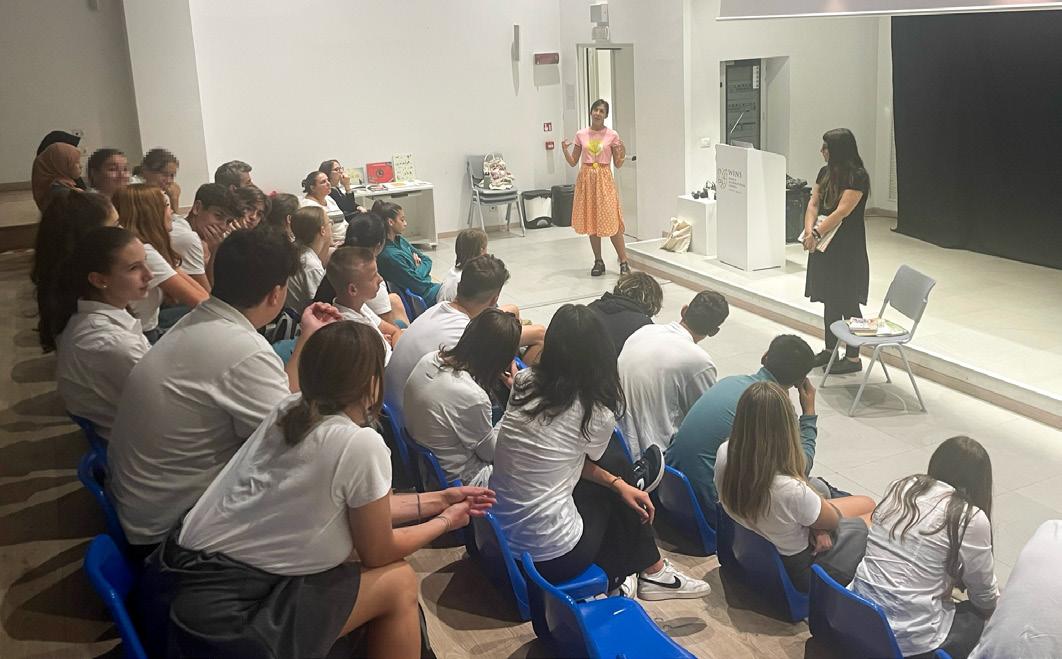
At WINS, we often talk about giving back to the community. Sometimes, the community gives back to us. This year we have undergone a partnership with Fondazione Time2, an organization that helps integrate the Turin community with those who live with disabilities. On October 7, the foundation visited WINS for a day of integrated sports activities. The result was a “friendly” competition in its truest sense. Thanks to all those who organized and took part in the event!




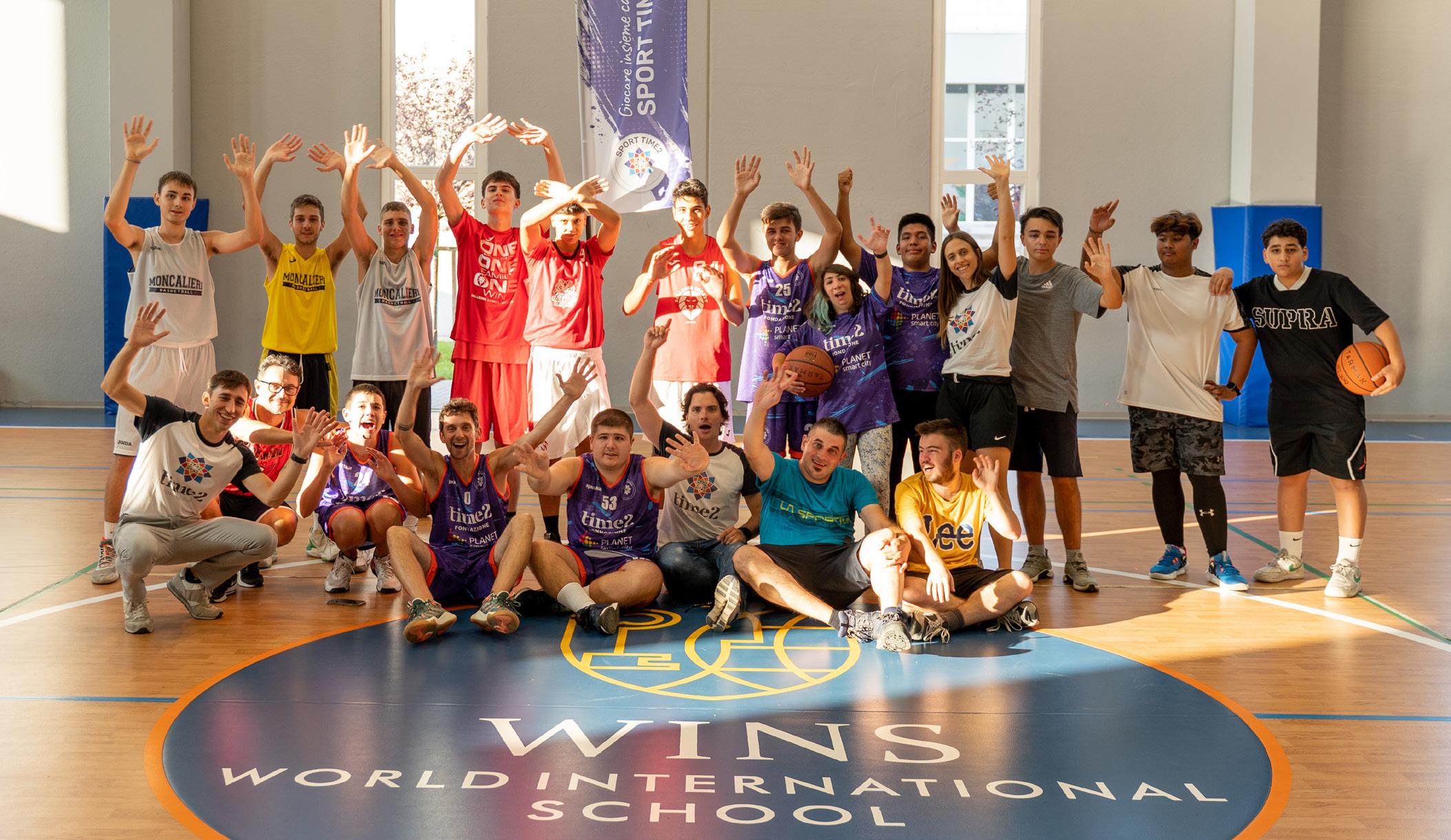



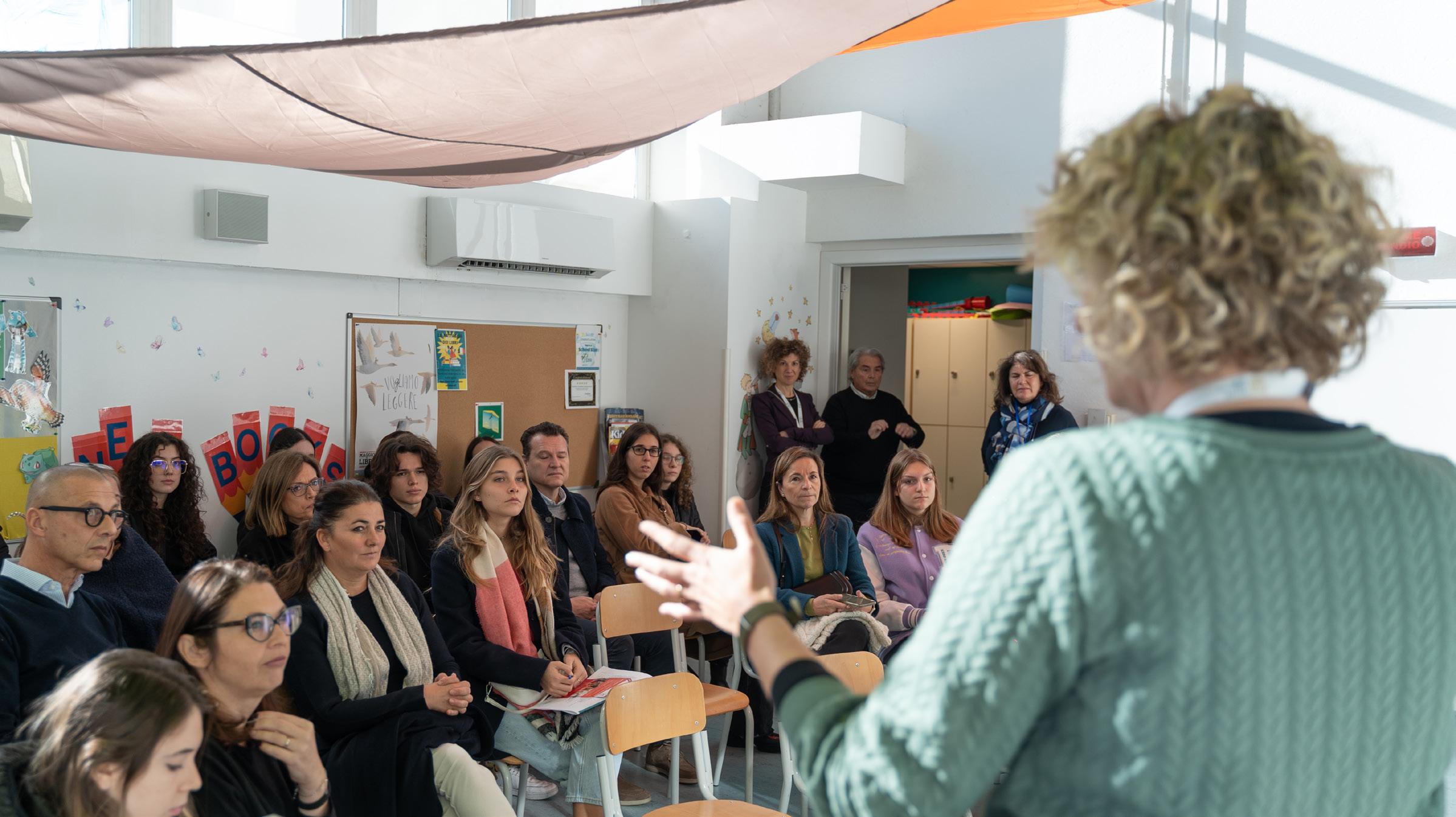
It’s never too early to start mapping out your future. 12th graders are already busy with their university applications. What about the next in line? That’s why we have the annual University Fair, an initiation for those who are beginning the thought process about where (and what) to study as an undergraduate. School goes on and on…
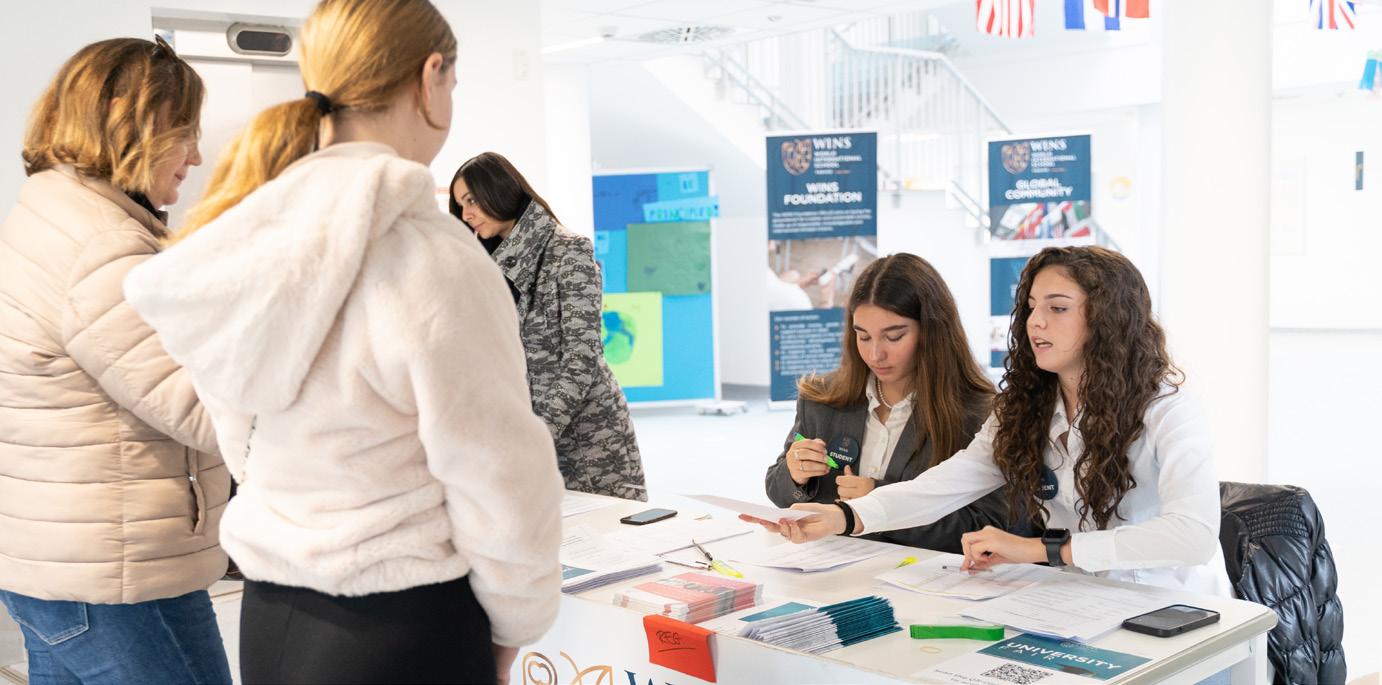

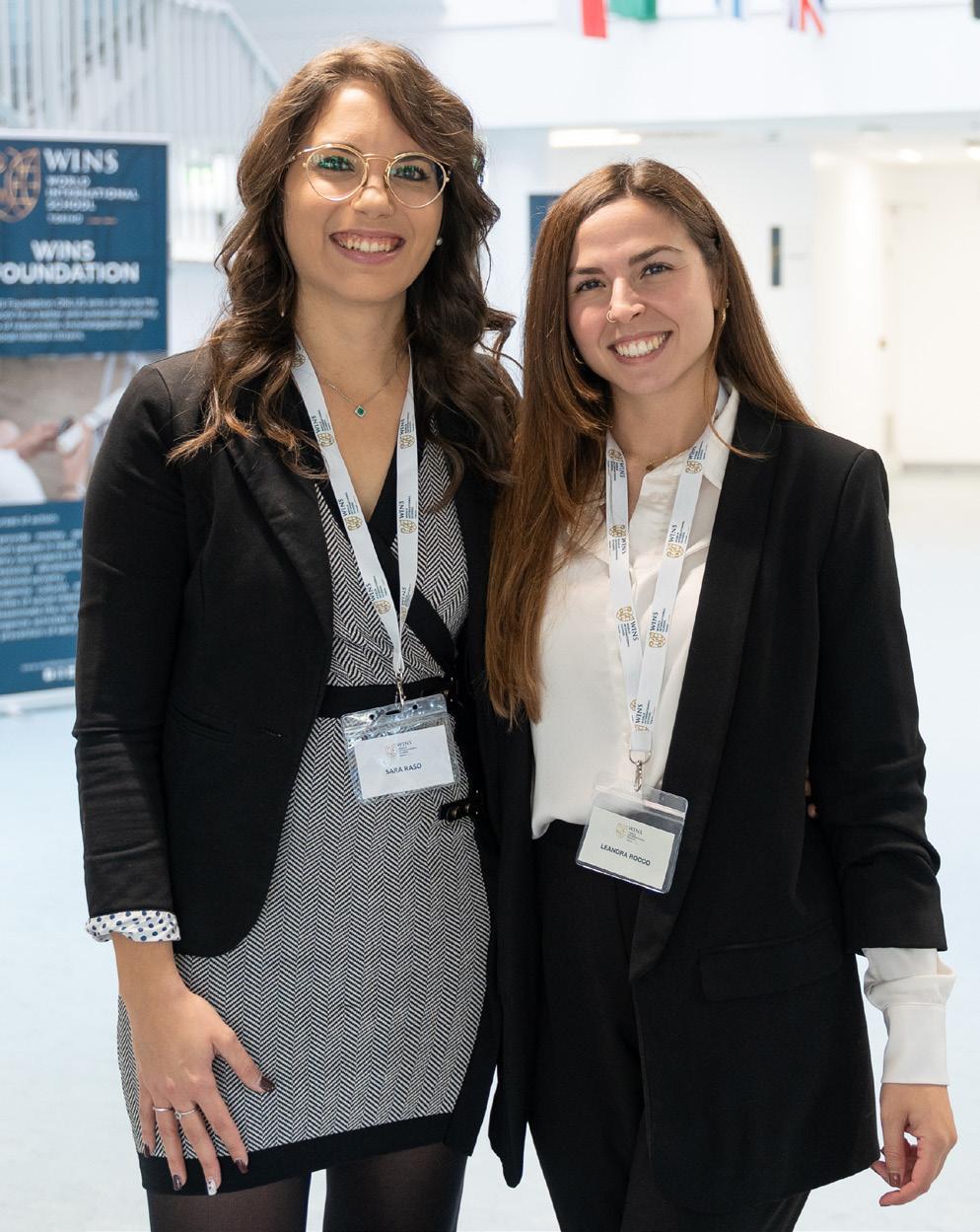

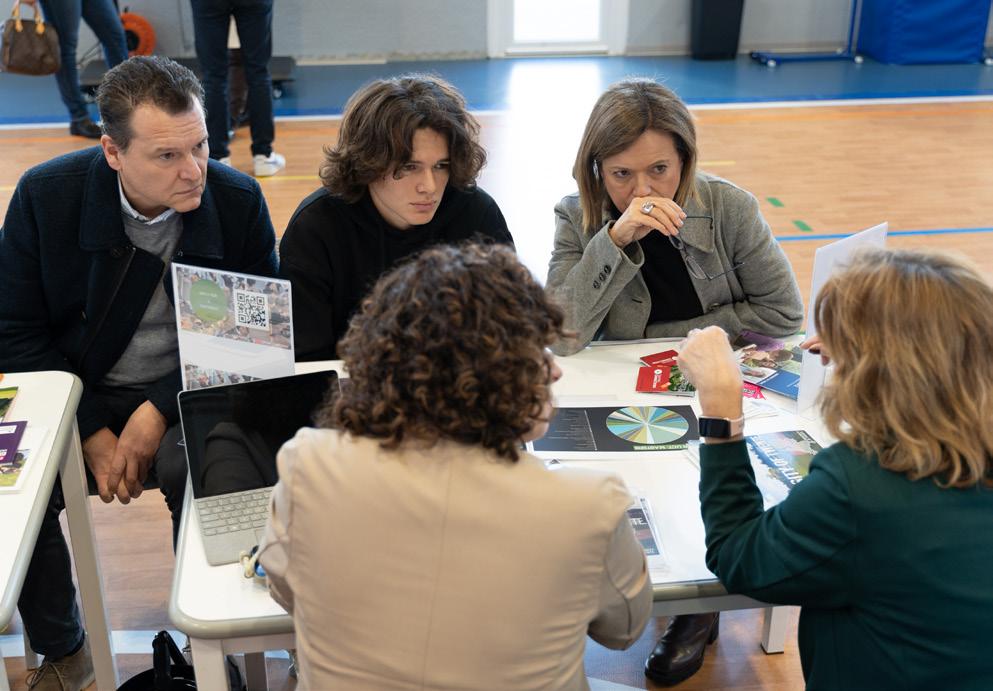





World International School of Torino strives to be the new frontier in international education. Our mission is to create a safe and respectful learning environment to support each child in the development of their individual talents by fostering critical thinking from an early age. The truly mul-
ticultural context of our school with its cutting-edge technology and the high standards of its academic programs nurture the intellectual growth of our students helping them to become open-minded, principled, and inquiring citizens of the world.
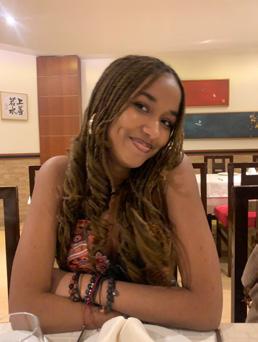




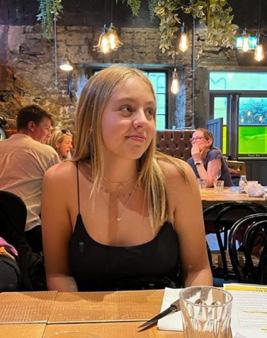

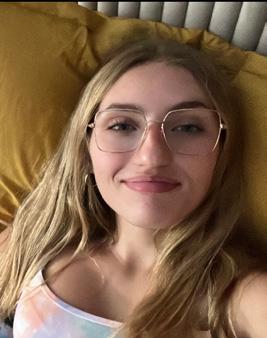

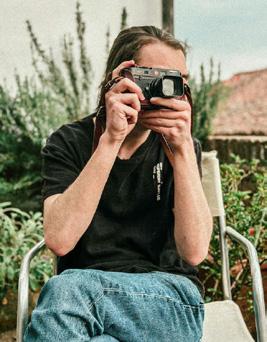

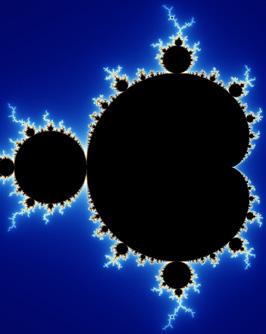



 Elisa Rossetto
Elisa Barbera Dahlia Ado-Ibrahim
Lia Tesfaye
Andie McGregor
Megan Hoti
Marta Settanni
Muen Yin Paul Mattioli
Masase Tempia
Elisa Rossetto
Elisa Barbera Dahlia Ado-Ibrahim
Lia Tesfaye
Andie McGregor
Megan Hoti
Marta Settanni
Muen Yin Paul Mattioli
Masase Tempia